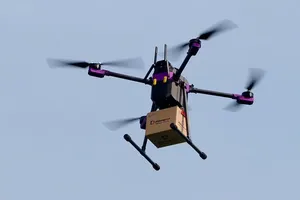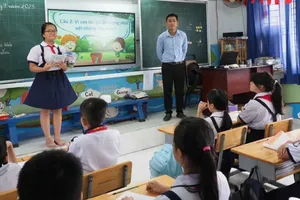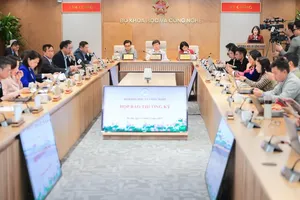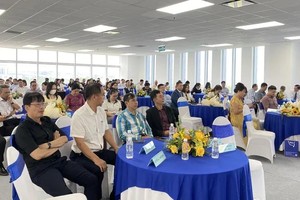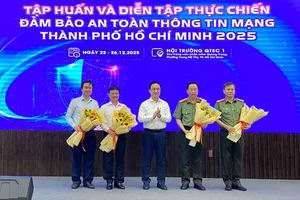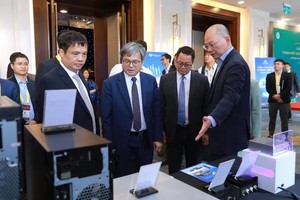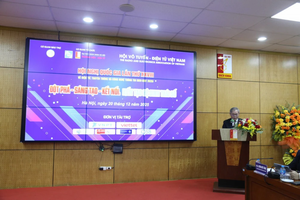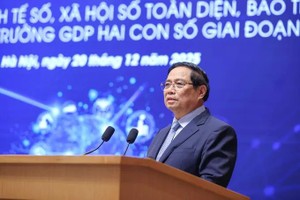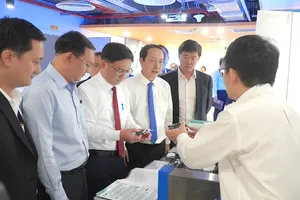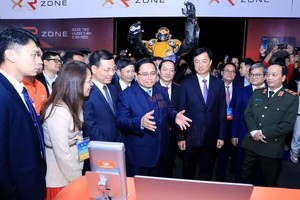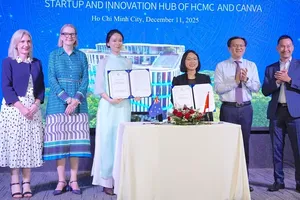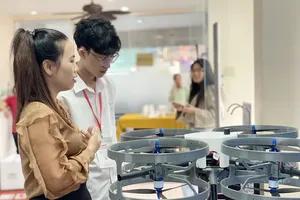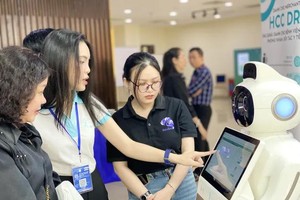
Deputy Director of the HCMC Department of Information and Communications cum Head of the contest’s Organization Board Le Quoc Cuong reported that there have been 534 contestants in 217 teams registering in this first category so far.
Most of them are working or studying in universities located in HCMC. Some others are high school pupils, students from Singapore, members of major AI academies or enterprises such as VinAI Research, John Von Neuman Academy, VNPT-IT Area 2 Center, FPT Information System.
All teams in this category are asked to work real-time via connections to the city’s traffic camera systems. They will have to count the quantity of each vehicle moving in different directions in a given video clip in order to serve the task of analyzing traffic volume on streets and then proposing feasible solutions to stop congestions.
The final ranking is based on the two criteria of precision and effectiveness, when appropriate algorithms are used to calculate vehicle numbers in the four groups of 2-wheel, 4-to-7-seat, 8-seat-and-over, and others (including trucks, container trucks, fire engines).
Accordingly, successful algorithms need to automatically identify vehicles in the four groups and the time they move out of Region-of-Interest (ROI) as well as their Motion-of-Interest (MOI), set by the Organization Board.
According to Associate Prof. Dr. Tran Minh Triet, Vice Principal of University of Science (Vietnam National University – HCMC) cum Head of the Judge Board for the first category, all submitted papers for the preliminary round will be marked online, and results will be announced on September 5.
The teams entering the final round will hand in their solutions to the Organization Board from September 5-10, for the marking from September 10-15.
Dr. Triet shared that for a fair evaluation, all teams must submit their solutions via the Organization Board’s system, including the source code, necessary configuration files, and pre-trained weight files.
Each solution will be applied and corresponding results will be collected before the marking procedure, based on the precision of vehicle quantities and the effectiveness in the implementation time.
